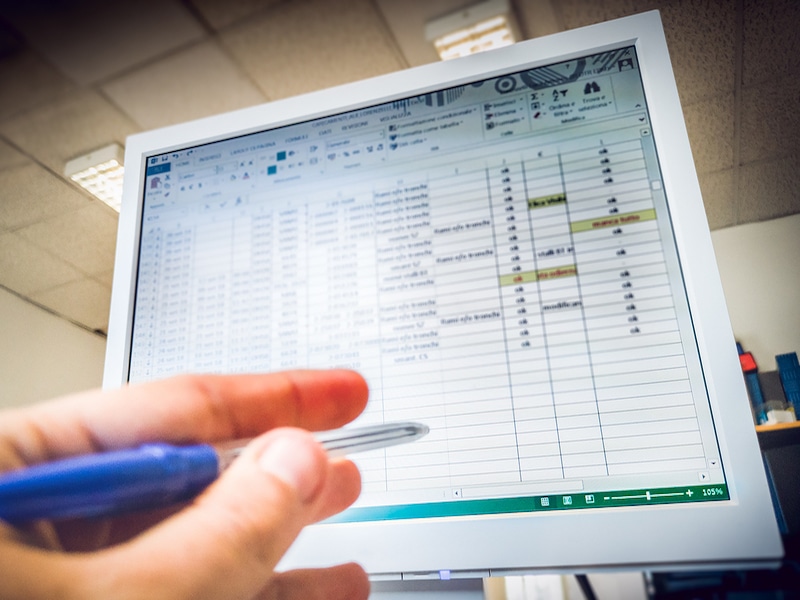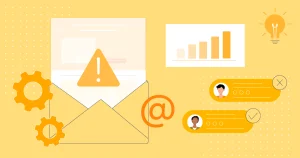
There is many statistics quoted about business continuity and understanding loss for companies, mostly from companies that need to “help” you steer obvious from the tragedy of leaving business..

Mark Twain pointed out, “You will find lies, damn lies, and statistics.”
Whatever the percentage quoted for business failures, the reality is: many companies won’t survive extended after losing all their contracts, orders, invoices, along with other records.
Backup may be simple and inexpensive
Fortunately, for many companies, there’s lots simpler and fewer pricey to utilize a great backup strategy today.
There’s two critical steps to protect your business within the catastrophic data loss.
Backup important data.
Store your backups off-site.
These two steps may well be a process, designed for big companies that have ample data. There are lots of critical products of those steps for companies too but, for many, backup doesn’t need to become complicated or pricey.
Digital tape drives was once probably most likely probably the most broadly used hardware systems for backup. However, disk storage technologies have improved tremendously in speed, capacity and price. A lot of companies are actually using, or relocating to, disk based backup systems.

Windows Server might have all of the software you’ll need
If you are using Windows Server 2008, or Windows Business Server 2008, you might have all of the software you’ll need already. Both include backup software that’s greatly improved over previous versions. Give a few affordable, portable USB hard drives, and you’ll have everything you should implement a effective backup strategy.
The backup software that’s added to Windows Server 2008 and residential home windows SBS 2008, may well be a different, but can handle the requirements of numerous small offices.
Three steps to copying important data
If you use software that needs a database (lots of vertical market software does, i.e. Sybase Anywhere, SQL Express, etc.), follow your software’s instructions to repeat the database. Usually, what this means is the database software itself will have to close the database files and duplicate the database to backup files. Once this is done, Windows Server Backup will backup individuals files, along with your other files.
You should utilize one backup drive, but using two causes it to be much simpler to rotate one-time-site each day. Format the drives using NTFS and label them so that you can observe that has which backup job. You won’t be capable of rely on them commercially storage apart from backups. Choose a drive getting no less than three or four occasions the capability in the total utilized disk space. For many companies 1 TB drives works.
Using Windows Server Backup, select the drives or folders you have to backup making a schedule. In situation your database software enables you to definitely certainly plan a backup, schedule one therefore it has sufficient time to accomplish, before your windows Server Backup starts. Otherwise, backup your database as suggested before your scheduled Windows Server Backup. Your backup uses whichever drive might be acquired. If you are using two, just disconnect one and return home with you everyday!
You will get began!
I lately helped a person implement a method such as this within two hrs, which including training them the easiest method to manage their off-site rotation, backup and restore files. They used two Western Digital Passport 1 TB USB drives they purchased for roughly $120 each. You’ll most likely wish for more information info on your database software’s backup procedures and residential home windows Server Backup, however it’s not very complicated!








